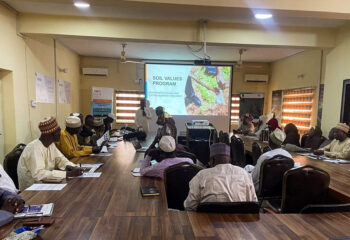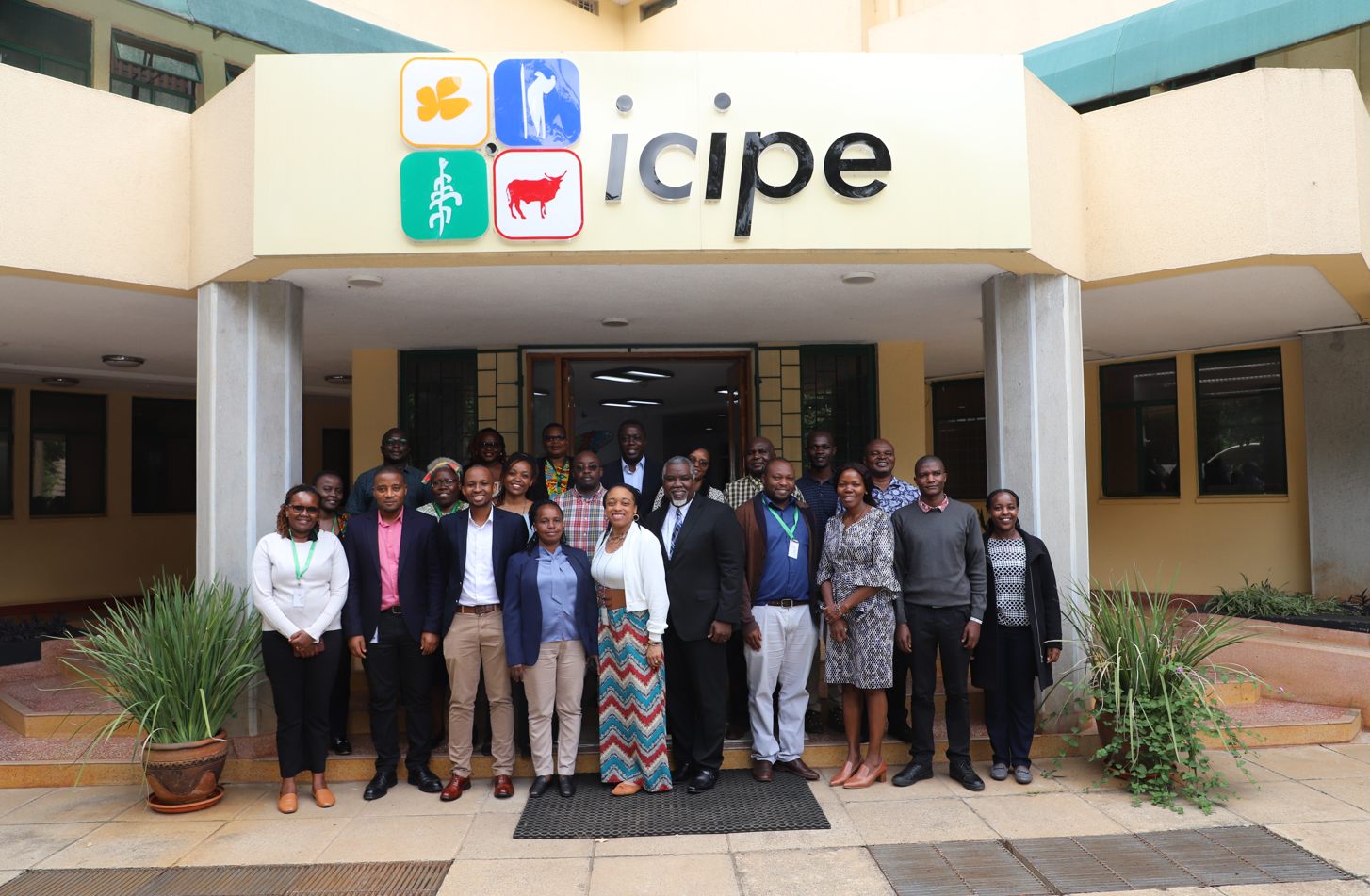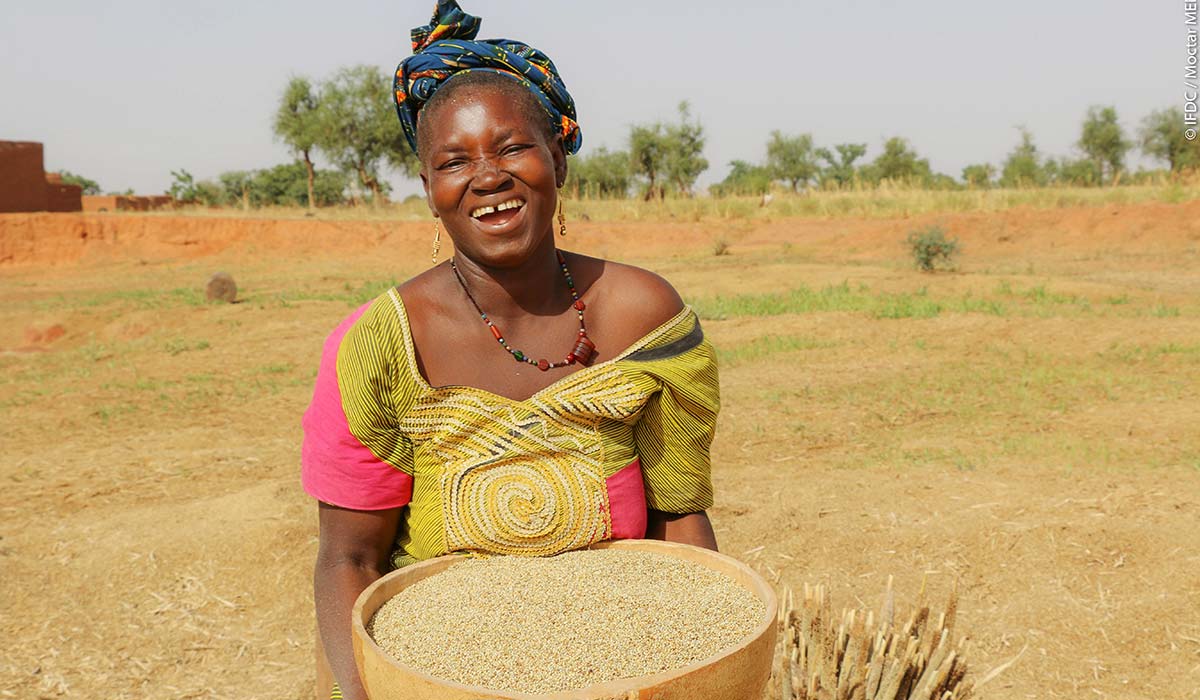By Dr Dyno (J.D.H.) Keatinge, AIRCA Chair and Director General of AVRDC, Dr Trevor Nicholls, CEO of CABI and Dr Amit Roy, President and CEO of IFDC
In 2010, 925 million people were undernourished. Poor nutrition causes 45% of deaths in children under five, or 3.1 million children each year. To provide enough nutritious food for a growing population, we need innovation. The majority of research investments into food security have historically focused on traditional staple crops such as maize, rice and wheat. But it is now generally agreed that we must look at the nutritional balance of the crops grown and consumed, not just their calorific value. A balanced diet with sufficient consumption of fruit, legumes and vegetables is an obvious means to alleviating malnutrition. Developing more nutritious crops for the future may mean re-evaluating neglected or underutilised local varieties. Crops grown using local seeds may be potential new sources of improved food, with increased nutritional, culinary and medicinal value. The research of varieties that are resilient to drought and submersion will be essential for producing more and better quality food. Farmers will also need information about how to cultivate healthy seed and soil, as well as manage unfamiliar pests and diseases that may attack their plants. They will need to know how to harvest and store these crops to minimize losses between the field and the consumer. Access to mobile agro-advisory and nutrition services can help share best practices. Animals, fish and poultry are also valuable sources of protein, fatty acids and essential vitamins. Increased demands from an expanding population present additional challenges in terms of fodder provision, water utilisation, greenhouse gas emissions and the potential transmission of zoonoses, so we must be mindful of how we use land and water resources. Malnutrition is a concern that is fast becoming the main threat to peoples’ health in developed and developing countries alike. Bringing innovation to managing well-balanced diets can address this ‘hidden’ hunger.





